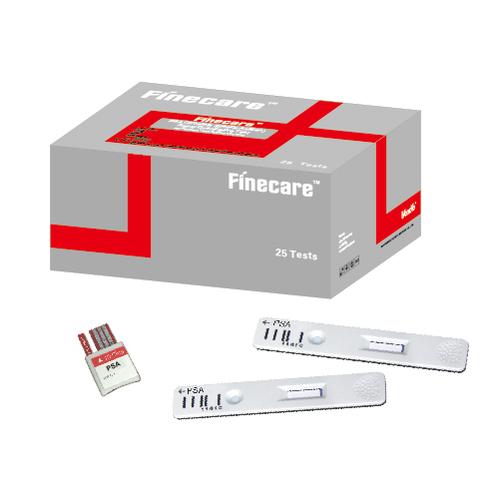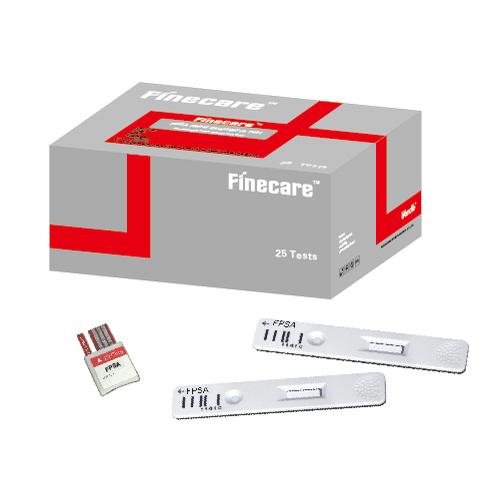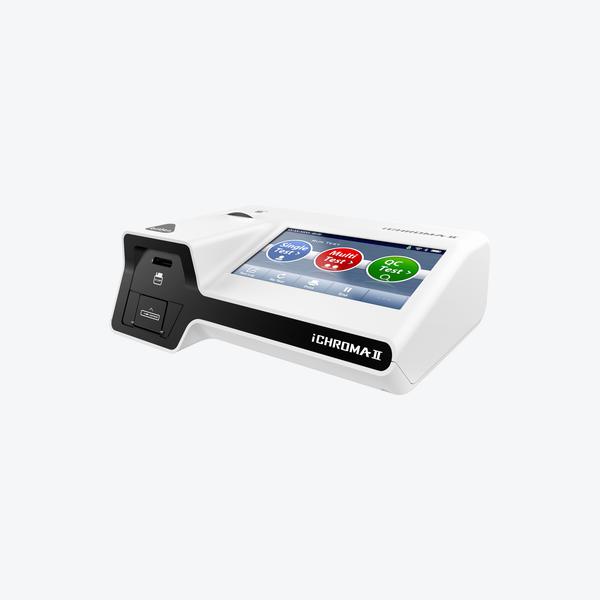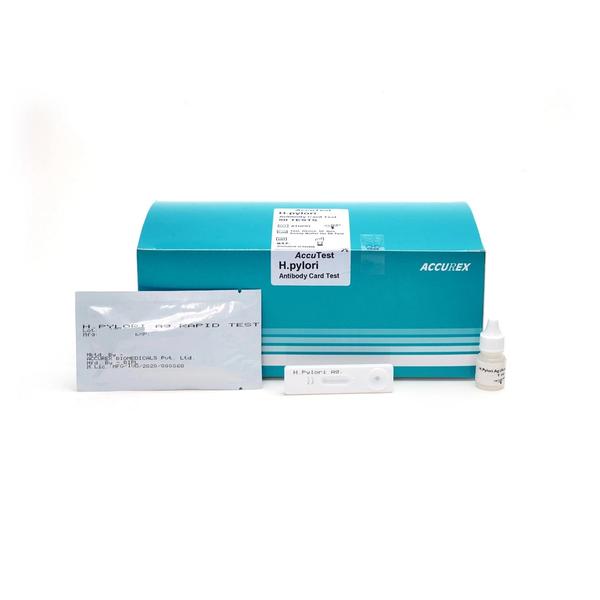Rapid Test
Buy AccuTest H Pylori AB Rapid Card Test (50 Tests) Online from Accurex. The Helicobacter Pylori is a lateral flow chromatographic immunoassay for the qualitative detection of antibodies to H.pylori in human Whole Blood/Serum/Plasma. H Pylori test provides an aid in the diagnosis of infection with H.pylori. H.pylori is implicated in the etiology of a variety of gastrointestinal diseases, including duodenal and gastric ulcer, non-ulcer dyspepsia and active and chronic gastritis. h pylori symptoms are an ache or burning pain in your stomach (abdomen), Nausea, Loss of appetite, Frequent burping, Bloating & Unintentional weight loss
NTENDED USE
The H.pylori Antibody Rapid Test Card is a lateral flow chromatographic immunoassay for the qualitative detection of antibodies to H.pylori in human Whole Blood/Serum/Plasma. It provides an aid in the diagnosis of infection with H.pylori.
INTRODUCTION
H.pylori is implicated in the etiology of a variety of gastrointestinal diseases, including duodenal and gastric ulcer, non-ulcer dyspepsia and active and chronic gastritis. H.pylori infection is found in more than 90% of duodenal ulcer patients and in around 75% of all peptic ulcer sufferers. H.pylori infection is also more common in gastric cancer patients. The risk of gastric cancer has been estimated to be six-fold higher in H.pylori infected populations than in uninfected populations. H.pylori infections occur in human populations throughout the world. In developed countries, about 50% of the population may have H.pylori infection by the age of 60 years, while only 10-20% of adults in the third decade of life have it. Transmission is most probably by the fecal-oral or oral-oral route. Both invasive and non-invasive methods are used to diagnose H.pylori infection in patients with symptoms of gastrointestinal disease. Invasive methods include culture of gastric biopsy samples, histologic examination of stained biopsy specimens, or direct detection of the urease activity in the biopsy (CLO test). These methods need to obtain a biopsy sample by endoscopy.which is expensive,and usually results discomfort and risk to the patient.noninasive techniques include urea breath tests and serological methods. Urea breath test requires expensive laboratory equipment and moderate radiation exposure. Serologic tests are employed to detect antibodies as human immune response to H.pylori, for example the ELISA and the Western immunoblot. The H.pylori Antibody Rapid Test Card detect antibodies to H.pylori infection in human Whole Blood/Serum/Plasma. It is a noninvasive method and does not use radioactive isotopes. The test is easy to perform and requires no specialized equipment. Visual interpretation provides an accurate qualitative result. It is a useful on-site aid in the diagnosis of H.pylori infection. Diagnosis of H.pylori infection by antibody immunoassay can reduce the number of patients requiring endoscopy.
PRINCIPLE
The H.pylori Antibody Rapid Test Card is an immunoassay based on the principle of the double antigen-sandwich technique. During testing, a Whole Blood/Serum/Plasma specimen migrates upward by capillary action. The antibodies to H.pylori if present in the specimen will bind to the H.pylori conjugates. The immune complex is then captured on the membrane by the pre-coated H.pylori antigens, and a visible pink-purple line will show up in the test line region indicating a positive result. If antibodies to H.pylori are not present or are present below the detectable level, a pink-purple line will not form in the test line region
indicating a negative result. To serve as a procedural control, a pink-purple line will always appear at the control line region, indicating that proper volume of specimen has been added and membrane wicking has occurred.
Safety Information
The H.pylori Antibody Rapid Test Card is limited to provide a
qualitative detection. The intensity of the test line does not
necessarily correlate to the concentration of the antibody in the
blood.
x The results obtained from this test are intended to be an aid in
diagnosis only. Each physician must interpret the results in
conjunction with the patient’s history, physical findings, and other
diagnostic procedures.
x A negative test result indicates that antibodies to H.pylori are either
not present or at levels undetectable by the test.
Direction for Use
TEST PROCEDURE
1. Remove the test cassette from the sealed pouch and use it as soon as possible.
2. Place the test cassette on a clean and level surface.
3. For serum or plasma specimen: Hold the dropper vertically and transfer 3 drops of serum or plasma to the specimen well (S) of the test cassette, then start the timer. See illustration below.
4. For whole blood specimens: Hold the dropper vertically and transfer 1 drop of whole blood (approximately 30μl) to the specimen
well(S) of the test cassette, then add 2 drops of buffer (approximately 70μl) and start the timer.
5. Read results at 15 minutes. Do not interpret the result after 20 minutes.
Other Info
STORAGE AND STABILITY
x Store as packaged in the sealed pouch at 4-40℃. The kit is stable within the expiration date printed on the label.
x Once open the pouch, the test should be used within one hour. Prolonged exposure to hot and humid environment will cause product deterioration.
Send Message



